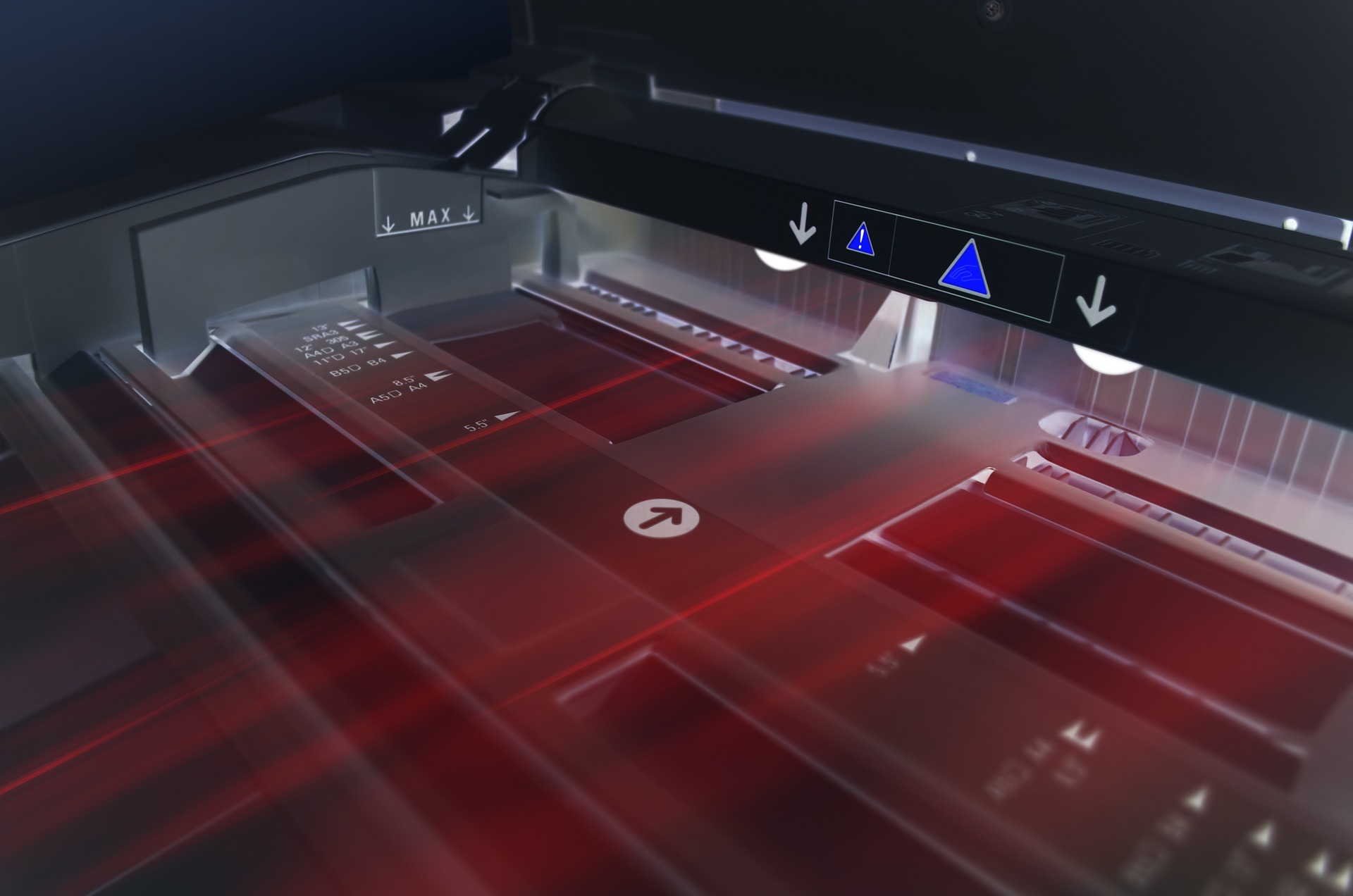Peering into the Future: The Dawn of Holographic Computing
Welcome to a new era where computing steps out of your screens and into the third dimension. Holographic computing, a combination of mixed reality and computer science, is poised to transform our interaction with technology, making it more immersive and intuitive than ever before.

Backstory: The Genesis of Holographic Computing
Hologram technology has been a subject of fascination for decades, with its roots in science fiction. Yet, the idea of using holograms for computing purposes remained largely theoretical until the advent of advanced image processing and projection technology in the 21st century.
The first significant stride was made by Microsoft in 2015 with the introduction of HoloLens, a self-contained holographic computer. This wearable device overlays holograms onto the real world, paving the way for mixed reality experiences. In the years following, other tech giants, including Google and Apple, have stepped into the holographic arena, each aiming to redefine the future of computing.
Current Scenario: Holographic Computing Today
We are currently in the early adoption phase of holographic computing. While it’s still not a household technology, its potential applications across various industries are being recognized and explored. The healthcare sector is using holographic visualization for complex surgeries. Architects and engineers, on the other hand, are leveraging it for 3D modeling and design.
Most recently, Looking Glass Factory, a leading player in the holographic display field, launched a personal holographic display. Dubbed as “Portrait”, this device allows users to create, view, and share 3D holographic images, pushing the boundaries of what’s possible in personal computing.
Market Dynamics: The Financial Angle
The holographic display market, a significant component of holographic computing, is projected to reach $3.57 billion by 2025, growing at a CAGR of 30.7%. The high cost of hardware, currently ranging from $300 to $3500, is a barrier for mass adoption. However, as the technology matures and economies of scale kick in, prices are expected to drop, increasing its accessibility.
The Road Ahead: What’s Next for Holographic Computing?
As we move forward, the integration of AI with holographic computing could unlock new possibilities. Imagine a future where you interact with AI-powered holographic assistants in your daily life. Or consider the potential for education, where complex concepts could be taught using 3D holographic models, enhancing understanding and retention.
While these scenarios might sound like the stuff of science fiction today, the rapid advances in holographic computing suggest that they could be closer to reality than we think.
The Promise of Holographic Computing
In conclusion, holographic computing is poised to usher in a new era of human-computer interaction. As the technology continues to evolve, it holds the potential to transform various aspects of our lives, from work and education to entertainment and healthcare.
While challenges remain in terms of cost and technical feasibility, the strides being made in this field are promising. The dawn of holographic computing is upon us, and it’s set to reshape our technological landscape in ways we can only begin to imagine.





